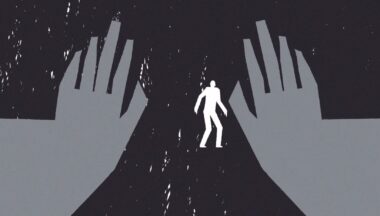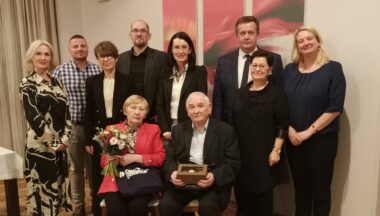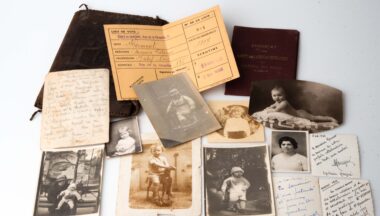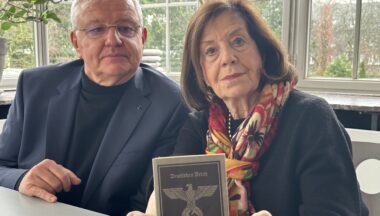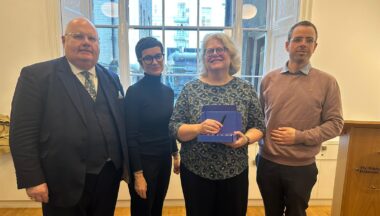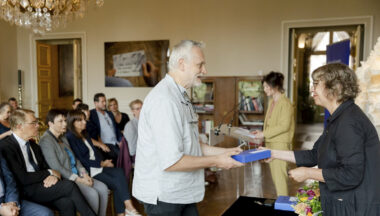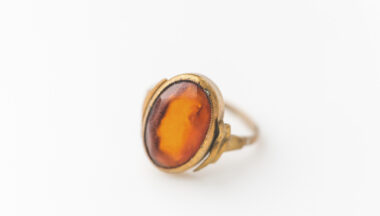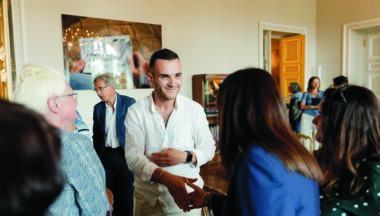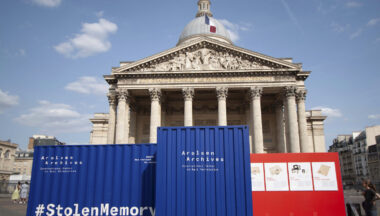Seven years of #StolenMemory – personal effects of over 850 prisoners returned to families
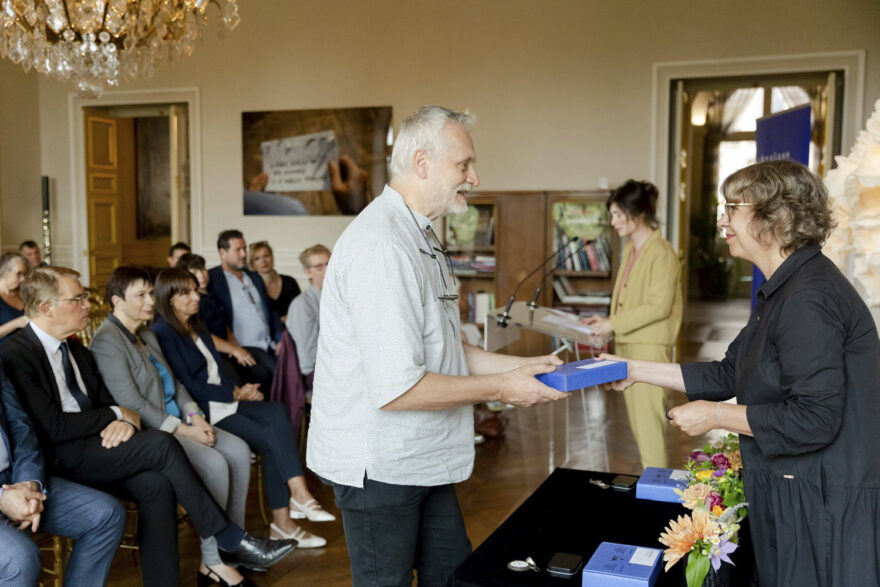
The Arolsen Archives launched the #StolenMemory campaign in November 2016. The aim was to return around 3,200 envelopes containing the personal belongings of concentration camp inmates to their relatives.
Only thanks to a number of coincidences did a very small number of the personal possessions that the Nazis confiscated from prisoners in concentration camps survive the war. You can read the whole story here. Almost 5000 envelopes arrived at the archive in Arolsen at the beginning of the 1960s. By the 1980s, staff had managed to locate hundreds and hundreds of the people who owned the personal effects contained in the envelopes – or members of their families – in order to return the items to them. But at that point, the search scaled down, because only a few more families could be found with the resources available at the time. What is more, many of the owners of the personal effects came from Poland or from the countries of the former Soviet Union, which made searching for them more difficult.
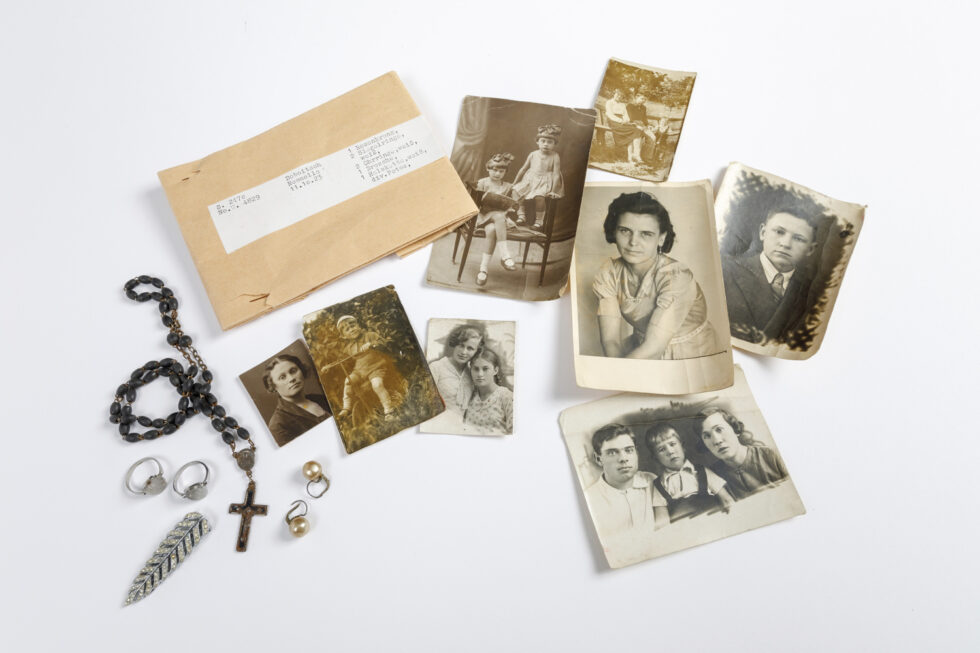
In 2016, the Arolsen Archives renewed their endeavors and launched the #StolenMemory campaign to at least find the descendants of the persecutees and return the stolen objects to them. In the seven years that have passed since then, the personal effects of more than 850 people have been returned. The fact that volunteers across Europe work closely with our tracing team is key to the campaign’s success. They use their language skills to support us or conduct targeted searches at local level. The Polish association “Ocalić od Zapomnienia,” for example, has been very successful; their volunteers have already found 80 families.
Handing over personal effects to families in person
This year, we have already returned over 170 envelopes, more than in any previous year. The items are rarely of any great material value. But the emotional significance of these mementoes is huge for the relatives. We pack the personal possessions into parcels and send them all over Europe, sometimes even to Australia or the USA. However, sometimes relatives would like the items to be returned to them in person, either in their own homes or in Bad Arolsen. These very emotional events are real highlights for employees and volunteers who are involved in the #StolenMemory campaign.
In September of this year, for example, Aleksandra Nowak’s personal belongings were returned to her family in Bad Arolsen. She was a seamstress, and after her arrest by the German occupying forces during the Warsaw Uprising in 1944, she was deported to Stutthof concentration camp. Aleksandra survived forced labor and several concentration camps. After her liberation, she returned to Poland in November 1945.
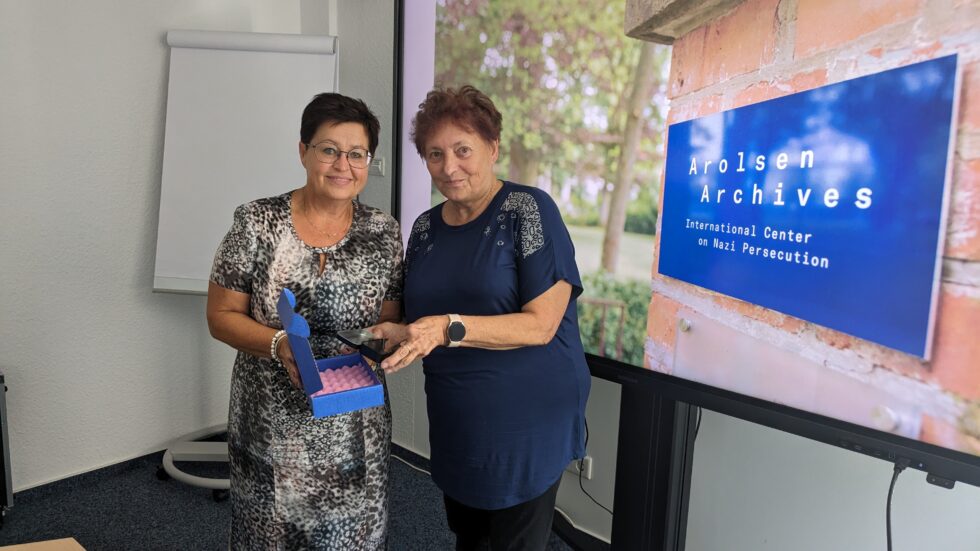
We found Zofia Cukrowska, Aleksandra Nowak’s daughter, with the help of volunteers. She traveled with her family from Warsaw to Bad Arolsen to be there in person and receive the wedding ring and the necklace with a cross that had belonged to her mother.
As well as valuable mementoes, many families also learn things about their relatives that they did not know before. Sometimes this information helps to clarify their relatives’ fates. This year, for example, we were able to return a pocket watch to a grandson of Algerian Rabia Boucif. Only then did the family learn that Rabia had not abandoned his wife and eight children as had been presumed for almost 80 years, but had instead been arrested and murdered by the Nazis.
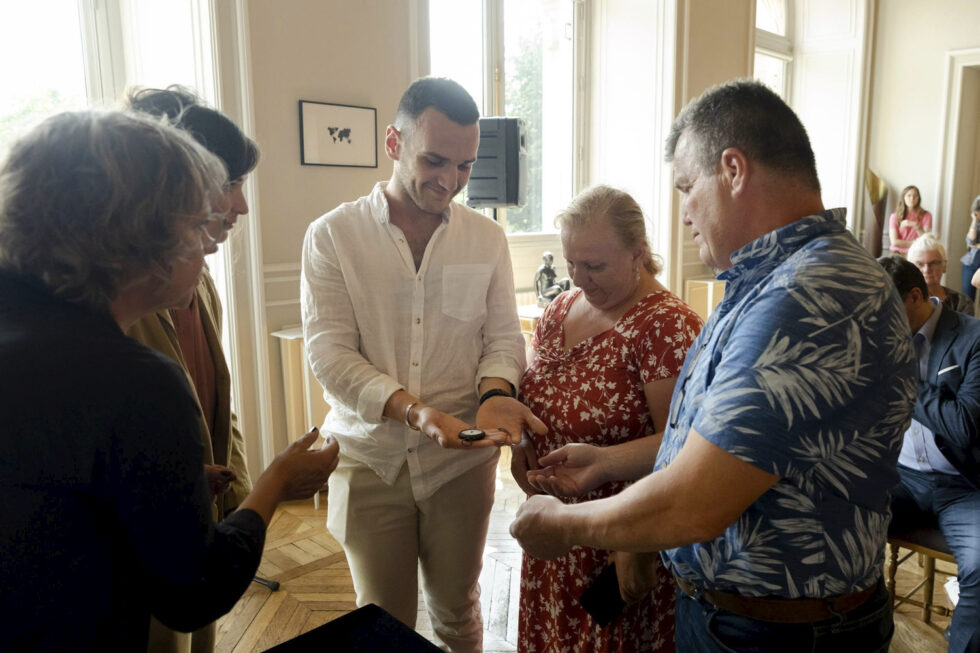
Families are sometimes even reunited in connection with #StolenMemory. A few months ago, Patrick May traveled over from the USA to collect his grandfather Walter Senft’s wedding ring. He met his second cousin from France, Catherine Guebey-Robert, for the first time at the ceremony. Neither had known of the other’s existence beforehand. But both of them had researched their family history independently of each other. The research they carried out at the Arolsen Archives and the return of their relative’s personal effects brought them together.
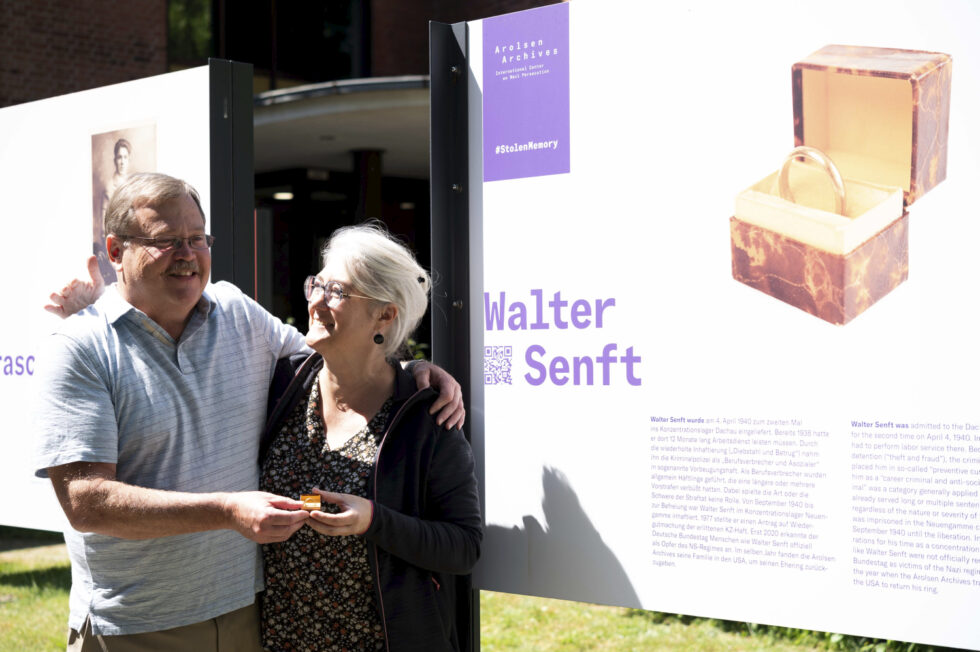
Despite returning items to over 850 families since 2016, we still have almost 2,400 envelopes containing personal effects stored in our archive. There is still much work to do!

